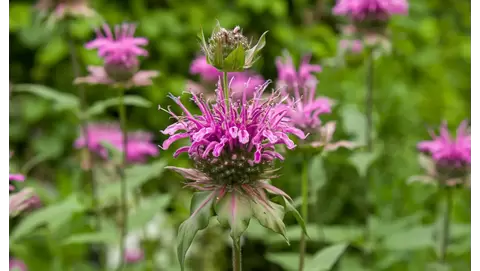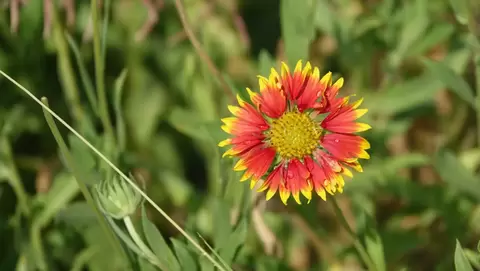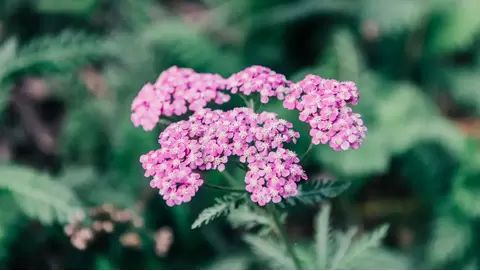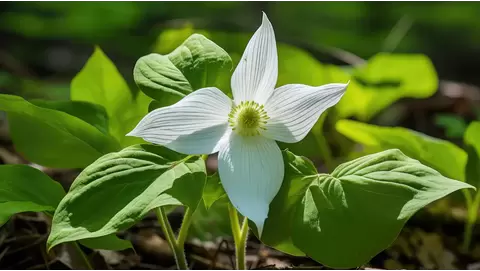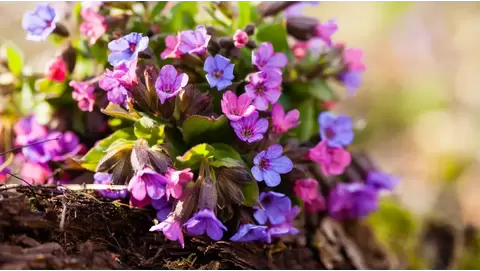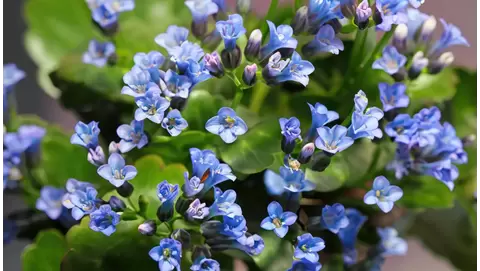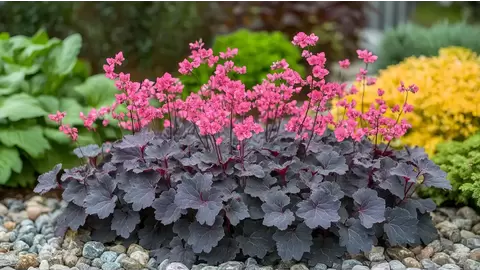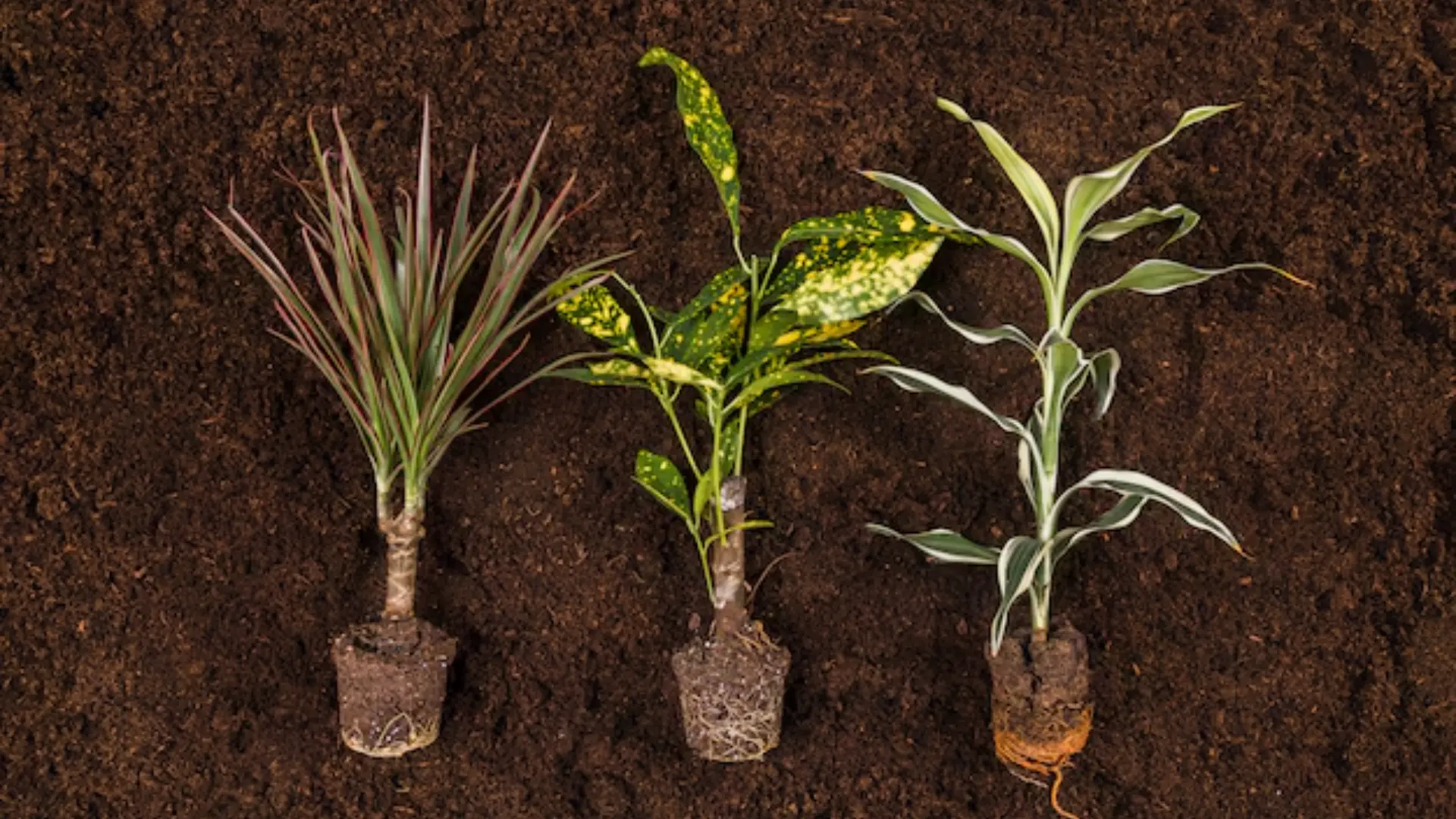
Boosting Growth with Green Growmaster, Air-Pot, and Rain Science
Growers in the dynamic field of horticulture and agriculture constantly keep the goal of maximum plant growth. Knowing what factors contribute to a plant's optimal growth is important whether you're a seasoned professional managing large-scale crops or a home gardener nurturing a small patch. From selecting the right soil to managing light and water, each factor plays a significant role in determining the success of your plants.
New products and methods are revolutionizing modern horticulture. For example, growing a wide range of plants in carefully regulated conditions has contributed to the meteoric rise in the popularity of container gardening. Specialized containers such as the Air-Pot can stimulate a thick network of fibrous roots, improving root health. In a similar vein, innovative growing media from brands like Green Growmaster allow for precise soilless culture, which in turn allows for optimal control of nutrients and water to increase yields while decreasing resource consumption.

In addition, modern goods like Rain Science grow sacks solve typical problems with container growing by enhancing drainage and aeration. By reducing the likelihood of problems like mold and root rot, these remedies allow plants to flourish.
Understanding Plant Growth
Several essential factors must be considered when caring for your plants for optimal growth. The physiological processes that govern plant growth, such as photosynthesis and nutrient uptake, are key to optimizing the health and productivity of both young and mature plants. Understanding these components is key to achieving the best outcomes.
- Light: Photosynthesis, the process by which plants generate energy and fuel their growth, requires a certain amount of light. From full sun to partial shade, plant light needs can vary greatly.
- Water: Nutrient transfer and cellular structure maintenance both rely on water. Either over- or under-watering might result in serious growth problems.
- Nutrients: Nitrogen, phosphorus, and potassium are three essential elements plants need to thrive. Consistent feeding can increase growth and resistance to pests and illnesses.
- Ventilation: Proper ventilation helps avoid fungal illnesses and promotes root breathing. Encouraging photosynthesis also requires sufficient airflow.
In young plants, the availability of carbon dioxide directly influences their ability to produce energy through photosynthesis, which is critical for early growth stages. For woody plants, annual growth rings offer insights into how environmental factors like water, light, and carbon dioxide have impacted their growth over time. The vitality of plant life is largely shaped by the delicate balance of physiological processes, which influence overall health and the potential for greater yields.
Elevate Your Gardening with Air-Pot Solutions
When it comes to air pruning containers, the original and gold standard is Air-Pot. Professional farmers, horticultural institutions, and nurseries rely on the Air-Pot system because of its adaptability and efficiency.
Air-Pot Advantages:
- Chosen by Experts: Air-Pot guarantees top-notch plant health and growth, earning it renown among horticulturists and botanical specialists.
- Widespread Utilization: It works in a wide range of temperatures, from the tropics to the cold, so it's great for any kind of wildlife.
- High Success Rate: Ideal for high-profile developments, Air-Pot's grown stock has an almost 100% success rate, according to landscape designers.
How It Works:
This innovative pruning method dehydrates tips while encouraging branching by directing roots toward air holes. As a result, a strong web of fibrous roots forms. Air holes make drainage and aeration easier and create a favorable habitat for beneficial bacteria that improve nutrient absorption.
Air-Pot comes in a wide range of sizes and shapes to meet your gardening needs, from seed germination to fully grown veggies.
Understanding Plant Growth: The Role of Cells, Hormones, and Tissue Development
To achieve optimal plant growth, it's important to understand the role of plant cells in both primary and secondary growth. Cell growth and cell division are fundamental processes that allow plants to develop robust structures, including stems, roots, and leaves. As plant cells grow and divide, they contribute to the plant's overall expansion, influencing its height and girth through primary growth (elongation of shoots and roots) and secondary growth (thickening of stems in woody plants). These growth stages are essential for plant species, particularly those that rely on strong, supportive stems to reach full maturity.

In addition to cell division, plant hormones play a crucial role in regulating growth patterns. Hormones such as auxins and gibberellins coordinate various aspects of plant development, including leaf growth, stem elongation, and root formation. These hormones work at the cellular level, influencing how and when plant cells grow, divide, and differentiate into specialized plant tissue, ultimately shaping the plant's overall structure and health.
Developing plant stems is especially critical for woody plants, where secondary growth thickens the plant and adds to its stability. This process occurs as specialized cells in the cambium divide and produce new layers of vascular tissue, enabling the plant to transport water and nutrients more efficiently. For different plant species, the balance of primary and secondary growth and factors like environmental conditions and hormone levels determine their unique growth patterns.
By focusing on the intricate processes of cell growth, cell division, and hormone regulation, growers can better understand the physiological mechanisms that drive plant development, leading to more effective cultivation strategies. Understanding the relative growth rate of different plant species helps growers adjust environmental conditions to maximize plant life cycles and ensure vigorous growth.
Growing Media and Soil Interactions
The success of your plants depends on your soil or growing media selection. The medium affects nutrient availability, aeration, and water retention.
- Soil Composition: In its ideal state, soil contains a combination of water, minerals, air, and organic materials. Beneficial microbes that facilitate nutrition absorption are supported by it.
- Soilless Cultivation: Controlled settings can be optimized for growth through soilless cultivation methods like hydroponics and aeroponics. Substrates that allow for precise nutrition management, such as rock wool or coconut coir, are commonly used.
Benefits of Soilless Systems:
- Faster growth rates due to controlled nutrients.
- Reduced risk of soil-borne diseases.
- Greater efficiency in water and resource use.
Revolutionize Your Gardening Experience with Green Growmaster
When it comes to soilless growing technology, Green Growmaster is way ahead of the industry. Their superior stone wool solutions are revolutionizing greenhouse farming. With the help of innovative media, farmers can precisely control the amount of water and fertilizer applied to their crops, increasing harvest yields while decreasing input costs.
Why Choose Green Growmaster?
Revolutionizing Efficiency: Their dedication lies in improving soilless farming methods, which will lead to a more sustainable future in agriculture.
Superior Quality: Backed by an experienced team and modern manufacturing tools, the rigorous quality management system guarantees that each product meets the standard.
Assuring a Problem-Free Cultivation Journey: Their expert staff provides full-service solutions and technical support.
Product Offerings:
Superior Rockwool Substrates: The substrates promote maximum health, designed to nurture plants through their whole lifecycle, from seedling to harvest.
GreenGrow Growing Bags: GreenGrow's 3-gallon aeration fabric bags allow for ample air circulation, which in turn encourages stronger root systems and abundant plant development.
Investing in Green Growmaster is more than simply buying supplies; it's about taking a comprehensive approach to plant care that encourages long-term growth.
Aeration and Drainage: Key to Healthy Roots
Root systems that are well-drained and aerated are essential for plant health. Plants can't grow and thrive without strong, healthy roots. Good drainage helps prevent standing water, reducing the risk of root rot and disease.
Advantages of Aeration:
- Provides oxygen, which promotes healthy root growth.
- Improves plant health by increasing nutrient absorption.
- Reducing compaction allows roots more room to grow.
Root health is improved by using containers designed specifically for plants, which allow for better air circulation and eliminate root circling.
Elevate Your Gardening with Rain Science Grow Bags
If you're a fan of container gardening, you should check out Rain Science's modern grow bags. They eliminate typical problems like mold and root rot and welcome larger, healthier plants.
With its innovative structure, air root pruning encourages the establishment of fibrous feeder roots, maximizing plant growth and nutrient absorption. Reduced root looping usually results in better root systems, which means plants endure longer.
The grow bags are ideal for organic farming since they are constructed from high-quality materials that do not allow for any detrimental exchanges with the soil.
How Rain Science Grow Bags Work:
Textile mold and root rot can develop in growing pots when the cloth is damp. Air cannot easily travel through the wet material. When compared to standard grow bags, their unique mesh provides superior drainage. These grow bags allow for more consistent temperatures in the root zone, better drainage throughout the entire grow bag, and the addition of more oxygen to the soil. The plant undergoes a process known as air root pruning, which involves the formation of several little feeder roots that are more efficient at receiving nutrients. As a result, the plant grows larger than before.
Air Root Pruning: The Science Behind Faster Growth
Surprisingly, air root pruning improves plant growth by effectively managing roots. Roots become dehydrated at the tips when they approach the air holes of containers. In doing so, it fosters the growth of lateral roots, which eventually connect to form a thick web of fibrous roots.

Benefits of Air Root Pruning:
- The increased root bulk allows for better absorption of nutrients.
- Improved resilience to drought and increased stability.
- Quicker development, resulting in more harvests.
The fact that many professional growers use air pruning techniques to improve crop performance shows that this new method is successful in the real world. You may develop healthier, more productive plants by making educated decisions based on your knowledge of these basic components of plant growth.
The Bottom Line
Maximizing plant growth is an aim for both professional growers and amateur gardeners in the constantly evolving fields of horticulture and agriculture. Light, water, nutrients, and ventilation are the four cornerstones of healthy plant growth; mastering them will greatly improve your gardening results.
When it comes to modern gardening solutions, companies like Green Growmaster, Air-Pot, and Rain Science have come to help. When it comes to growing plants, every brand has its own set of benefits that help with the most typical problems:
Using these modern solutions may help you grow healthier and more productive plants. Adopting these innovations will also make your gardening experience more productive and satisfying, regardless of whether you are managing large-scale operations or a small garden. It is important to make educated decisions on your growing methods and supplies to bring your plants to their maximum potential and create the lush, colorful garden of your dreams.
Disclaimer: This material is for informational purposes only and should not be relied on for legal, medical, financial, or other professional advice.










